Between 98 and 180 A.D., the Roman Empire reached its pinnacle under the leadership of five renowned emperors: Nerva, Trajan, Hadrian, Antoninus Pius, and Marcus Aurelius. These leaders, often called the “Five Good Emperors,” oversaw an era of prosperity, expansion, and cultural flourishing. Nerva set the stage for stability; Trajan expanded territories; Hadrian focused on justice and reforms; Antoninus Pius maintained peace; and Marcus Aurelius applied philosophical principles to governance. During their reigns, the Empire boasted an impressive range, stretching from Scotland in the north to Sudan in the south, and from Spain in the west to Asia in the east.
This period saw the Roman economy thrive, particularly benefiting the elite across Rome and its provinces, thanks to a highly efficient trade system that lessened the impact of famines. Urban development flourished, with cities enjoying unprecedented growth and many iconic structures being constructed, like Hadrian’s Villa, which mirrored the grandeur of the times. Though most of the population lived as subsistence farmers, some advancements in goods and trade improved daily life for many. This golden age ultimately ended with Commodus, under whom the stability of the Five Good Emperors unraveled, marking the start of a less prosperous and peaceful time for the Empire.
Key Takeaways
- The Five Good Emperors led Rome through a golden age of peace and prosperity.
- The Empire enjoyed extensive trade, cultural development, and urban growth.
- Marcus Aurelius’ death marked the end of this stable and prosperous era.
The Peak Era of the Roman Empire
Peaceful Times and Influential Leaders
During a remarkable phase, the Roman Empire enjoyed an era of peace known as Pax Romana. It was marked by the rule of five wise emperors: Nerva, Trajan, Hadrian, Antoninus Pius, and Marcus Aurelius. Nerva brought stability after a period of tyranny, while Trajan expanded the Empire’s boundaries through various wars. Hadrian took on extensive travels, administering justice and bringing reforms. Antoninus Pius oversaw a period of almost uninterrupted peace. Marcus Aurelius, known for his stoic approach, dealt with the challenges of ruling a large empire. Despite minor shortcomings, such as Hadrian’s harsh treatment of senators, this group was generally effective in leadership. Under them, the Empire’s influence stretched from Scotland to Sudan, and Roman coins and goods spread across the world.
Gibbon’s Recognition of Prosperity
Historian Edward Gibbon made a notable remark about this time, saying that if one were to pinpoint a period of great happiness and prosperity in human history, it would be this one. Although his view is dramatic, many historians agree that these years represented the Roman Empire’s pinnacle. The prosperity mostly benefited the elite, who grew richer and held considerable control over provincial governance and military leadership. The urban centers of the Empire flourished with new and reconstructed buildings such as theaters, forums, and baths, setting the stage for lively cultural and civic activities.
The Height of Power: 98 to 180 A.D.
This golden era, spanning from 98 to 180 A.D., was defined by stability and growth. The Empire remained free from significant pandemics until the later reign of Marcus Aurelius. The Romans enjoyed fruitful harvests, aided by favorable climate conditions. Expansion under Trajan and rich mineral discoveries helped sustain the economy. The eastern Parthian Empire remained weak, and northern barbarian tribes were fragmented, minimizing external threats. Out of the five emperors, only Marcus Aurelius had a biological son, prompting the others to adopt capable heirs with Senate approval. This succession strategy ensured competent leadership and stability for many years.
The Profiles of the Five Notable Emperors
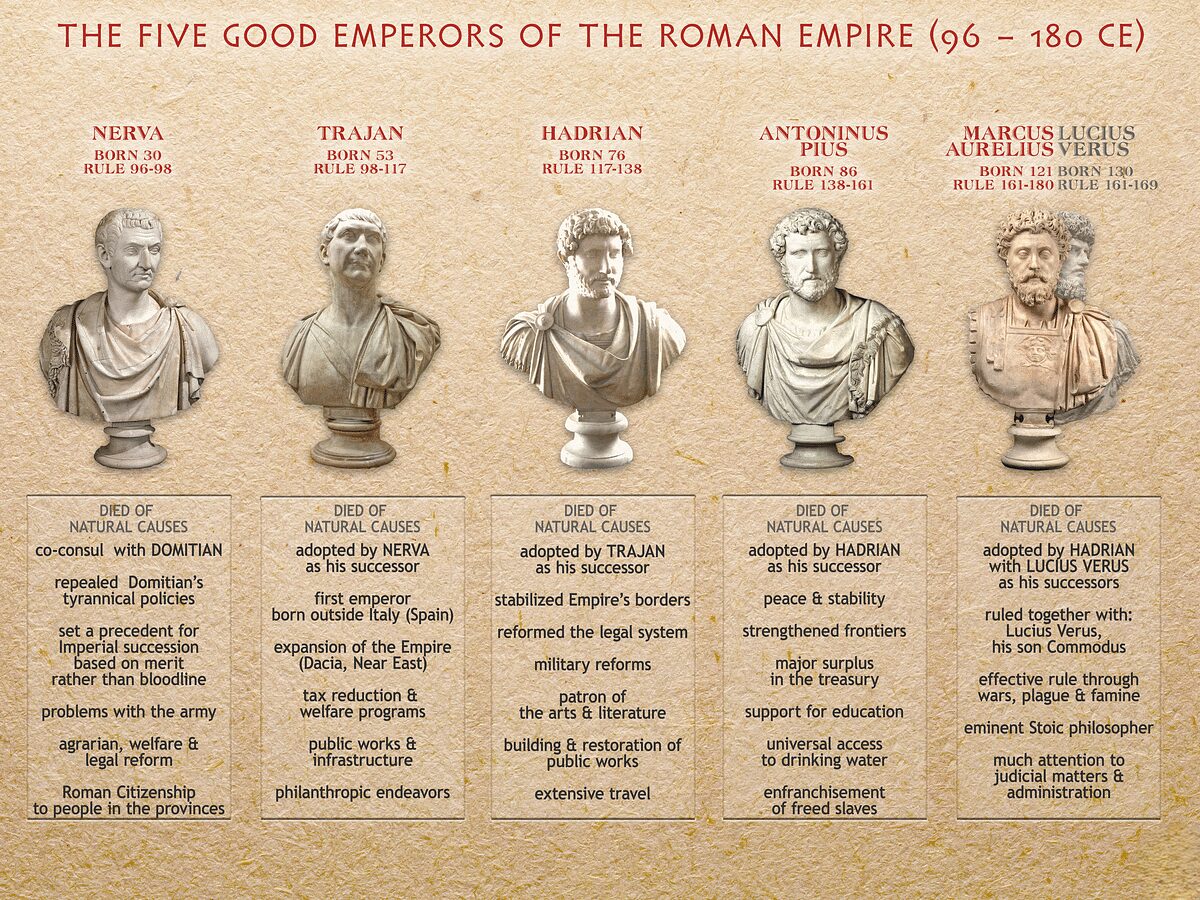
Nerva: Bringing Back Stability
Emperor Nerva played a crucial role in stabilizing the Roman Empire after Domitian’s oppressive rule. He carefully mended the relationship between the government and the Senate, restoring a sense of balance and harmony. His short rule focused on setting the stage for a peaceful transition, marking the beginning of a remarkable era.
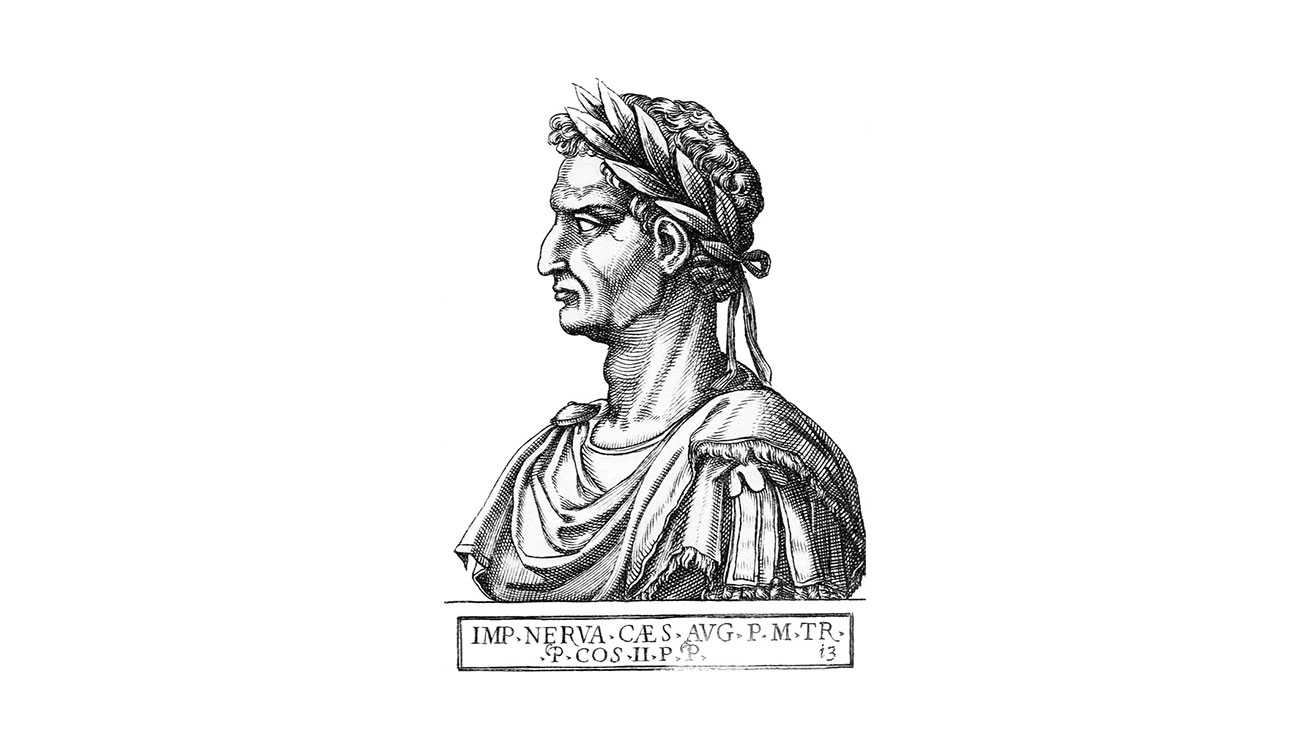
Trajan: Conquering New Frontiers
Trajan is best remembered for his military campaigns that expanded the Roman Empire to its greatest territorial reach. Under his leadership, the empire’s boundaries stretched further, enhancing its power and influence. Trajan’s strategic prowess and ambition led to significant territorial acquisitions, which fortified Rome’s position as a dominant empire.
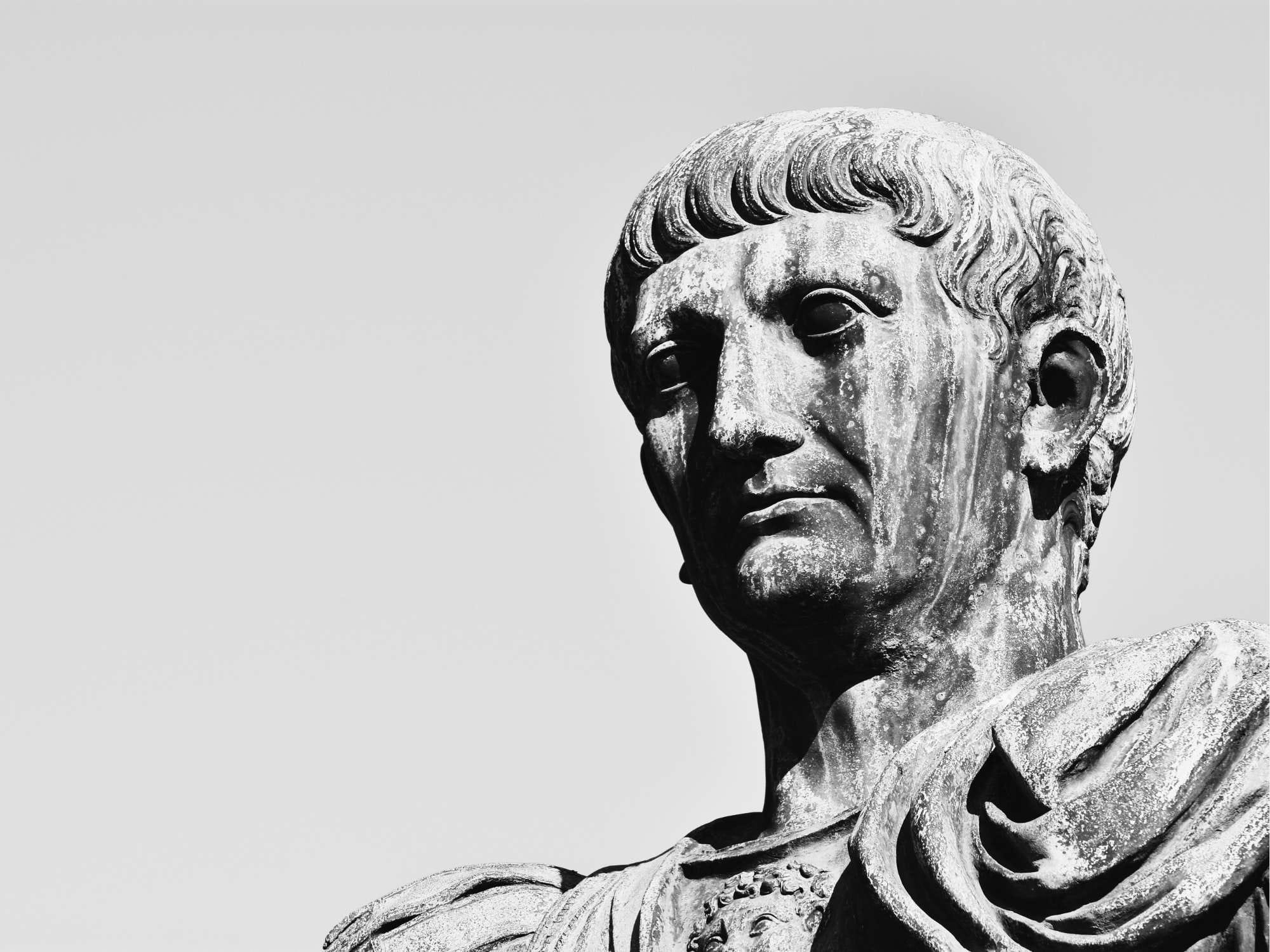
Hadrian: Fairness and Change
Hadrian was distinctive for his dedication to justice and reform across the provinces. He travelled extensively, making improvements and ensuring fair treatment for all. Hadrian also initiated various policy and administrative changes, fostering a more just and structured society.
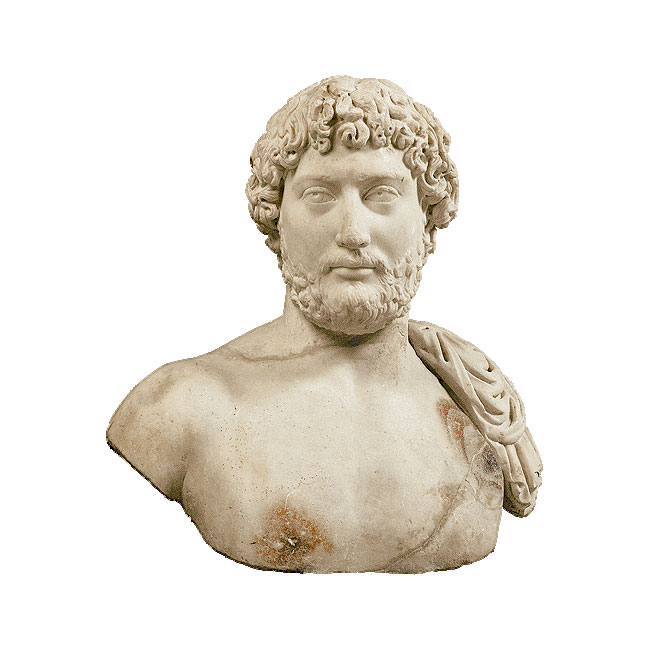
Antoninus Pius: Era of Tranquility and Growth
During the reign of Antoninus Pius, the Roman Empire enjoyed an unparalleled period of peace and prosperity. His leadership ensured stability, avoiding conflicts and fostering economic growth. The empire flourished under his guidance, benefiting from a calm and progressive atmosphere.
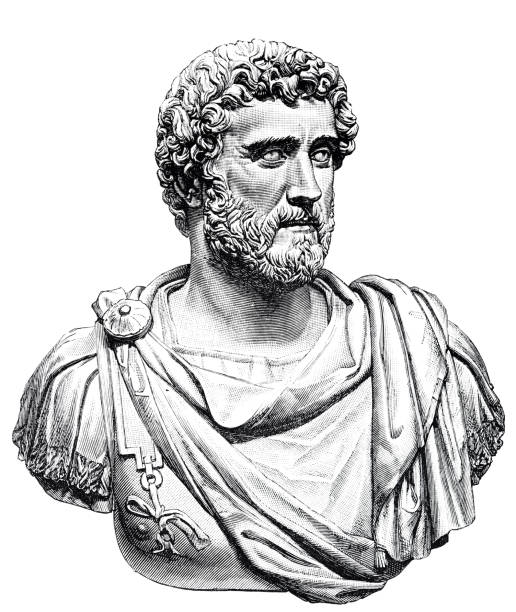
Marcus Aurelius: Philosophical Leadership
As the last of the notable emperors, Marcus Aurelius is renowned for applying stoic philosophy to governance. His thoughtful approach to leadership helped manage crises and maintain stability. Despite facing challenges like plagues and wars, his rule was marked by resilience and a philosophical approach to solve the empire’s issues.

Widely Available Goods and Exchange Systems
During the period from 98 to 180 A.D., the Roman Empire reached its height, marking a time of great development in trade and production. Roman coins found their way across different regions, including as far as Sweden and Sri Lanka, signifying active trade routes. Merchants from Rome extended their reach, trading with faraway lands such as China.
This era saw the production of new household items, like pottery and tiles, which began to be made on a large scale. These goods eased daily life for many. A network of trade efficiently delivered these products, lessening the impact of local shortages. Though most farmers lived on basic resources, the introduction of these new goods slightly improved some living conditions.
The Upper Class and Their Ascendancy
The peace and stability provided by strong leadership benefited the Roman elite the most. These influential individuals enjoyed immense wealth, governing provinces and leading military units. They maintained luxurious lifestyles with estates in various regions, often retreating to their elaborate homes and gardens.
Cities thrived in this atmosphere of peace. Many public structures like theaters, forums, and baths were constructed during this time. In Ephesus, most of the grand buildings along the main streets date back to this period. Similar grand projects took place across the empire, from the designs of Timgad in Algeria to the celebrated baths in England. These constructions signified the prosperity that the elite experienced, funded by the stability of the empire during these years.
City Growth and Design Trends
Civic Projects and Facilities
During the era of the five wise emperors, the Roman Empire reached its height. An important aspect of this time was the development of public facilities like theaters, forums, and bathhouses. These were not just spots for entertainment; they also played crucial roles in city life. Trade and culture grew, thanks to a well-established trade network that kept goods moving smoothly across the Empire.
Key Structures:
- Baths: Great pools and bath complexes were not just for bathing; they were social hubs.
- Fountains and Forums: These beautified cities and provided places for public meetings.
These public structures are still seen in ruins today in places like Spain and Syria. They are reminders of how bustling and vibrant cities were.
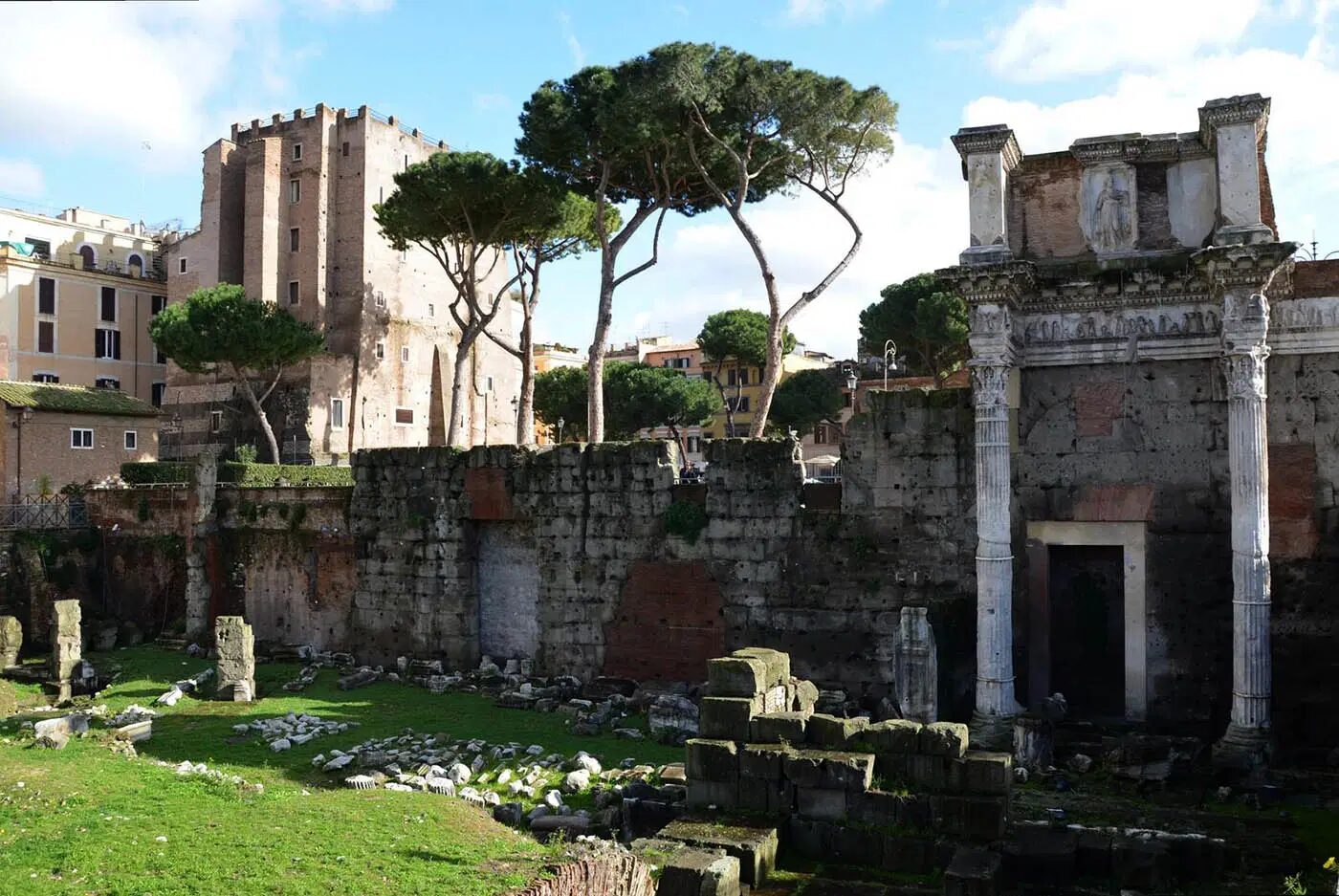
Hadrian’s Estate: A Model of Cultural Luxury
One of the most impressive projects of this era was Hadrian’s retreat in Tivoli. This grand complex, twice the size of Pompeii, was not just a home. It was a symbol of wealth and culture. Filled with replicas of famous monuments from around the world, it showcased Hadrian’s travels and tastes.
Important features included:
- Manicured Gardens: Carefully designed landscapes offered peace and beauty.
- Sparkling Pools: Water features added to the luxury feel.
Hadrian’s estate exemplified the Empire’s power and its leaders’ dedication to art and architecture. It showed their ambition to blend and celebrate cultures within the Empire.
The Legacy Examined
Changes After Marcus Aurelius
The Roman Empire reached a turning point with the end of Marcus Aurelius’s reign. When he passed, his son Commodus took over, marking a shift in leadership. Unlike previous leaders chosen for their ability, Commodus inherited the position, bringing instability. This change highlighted the importance of effective leadership, as the empire faced challenges that grew under less competent rulers. The peaceful times dwindled as unrest and mismanagement arose, leading to a period viewed much less favorably in the empire’s vast history.
Variability in the Severan Family Rule
The Severan family brought another period of shifts for Rome, starting with Emperor Septimius Severus. Under their rule, the empire experienced both strong and weak leadership. There were moments of military and administrative achievements but also times of political upheaval. The Severan Dynasty was known for its fluctuating power dynamics and policies, leaving a mixed impact on the empire. While they extended Roman influence and made reforms, internal conflicts and economic struggles surfaced, making this a complex era in Rome’s extensive timeline.
Views on Imperial Leadership
What Made an Emperor Good in Ancient Times
Ancient sources believed a successful emperor should follow certain political traditions. They should achieve military victories and avoid harsh taxes. Beautifying Rome and keeping its citizens fed were important too. But, the most important trait was respecting the elite, especially the Senate. Most Roman historians were part of this elite, so they thought what favored the Senate favored the Empire. While working well with officials often led to effective administration, never angering the Senate didn’t guarantee great leadership.
How Emperors Influenced Rome’s Prosperity
The emperor played a key role in a thriving Roman Empire, meeting visitors and making important decisions. These choices often changed history, influencing wars, reforms, and laws. Though competent leadership was especially valuable during crises, the government machinery still worked under less capable rulers. History shows that even emperors with issues did not always harm the Empire’s health. Simply having a recognized leader added stability, ensuring the state remained steady.
Elements Beyond Roman Authority
The Favorable Roman Climate
During the time of the Five Good Emperors, a unique climate condition prevailed. This period provided unusually good weather across the Mediterranean, which played a crucial role in enhancing agricultural production. The favorable climate ensured that the empire’s farms and fields yielded bountiful harvests. This not only helped in feeding the population but also empowered trade. The stable weather patterns contributed to a flourishing economy and improved living conditions.
Economic Considerations and Metal Abundance
The Roman Empire’s economic health during this era relied heavily on the availability of precious metals. Thanks to new explorations and successful conquests, resources like silver and gold were plentiful. These metals were essential in minting the currency that sustained daily transactions and trade across the empire. A robust supply of precious metals bolstered the economy, ensuring that the imperial administration could finance its numerous projects and maintain a steady flow of commerce across its vast territory.
External Political Conditions
Externally, Rome benefited from a relatively calm geopolitical environment. The Parthian Empire, located to Rome’s east, experienced weakness and instability, reducing threats from that border. Meanwhile, Germanic tribes to the north remained disorganized, which minimized the likelihood of invasions. This period of relative peace allowed the Roman state to focus on internal development and prosperity without the constant pressure of defending against powerful external foes. The effective management of these potential threats contributed to the overall stability and success of the Roman Empire during this period.
The Role of Senators in Choosing Leaders
Selection of Qualified Successors
During the era known for the reign of the five admired Roman emperors, the Senate played a critical part in choosing new leaders. Unlike his predecessors, who often chose their own sons to succeed them, these rulers picked their heirs based on ability. The Senate was deeply involved in this process, ensuring successors were effective and capable. This collaboration between emperors and the Senate contributed to a period of stability and prosperity throughout the empire.
Each of the emperors, excluding the last, deliberately sought out individuals who could continue their policies effectively. The Senate’s role was to evaluate these potential heirs and provide their endorsement. The practice required emperors to weigh both personal merit and the Senate’s preferences, fostering an environment where competent leadership was prioritized. These efforts played a significant role in maintaining the Empire’s stability and expanding its influence during this golden age.
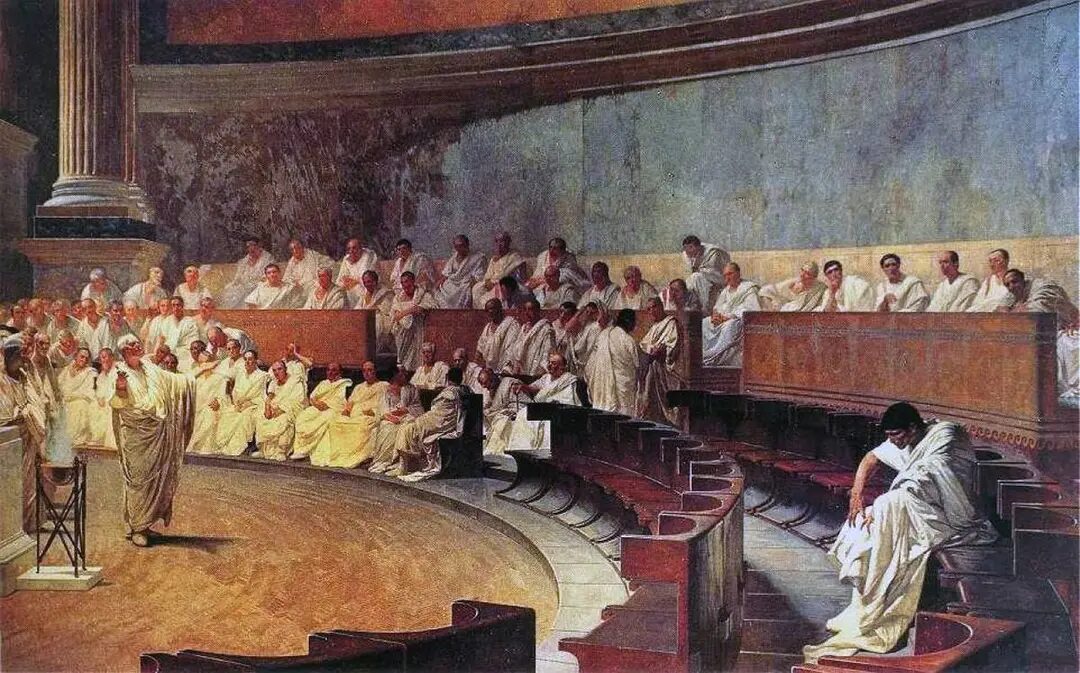
Reflective Thoughts
Skillfulness Compared to Luck
The so-called “five good emperors” ruled during a notable period of stability and growth in the Roman Empire. They were known for choosing their successors wisely and keeping peace within the Empire. Despite some rulers engaging in wars and adopting strict measures, they generally managed effectively and led the empire into prosperity.
The Empire’s success was not solely due to its rulers. Factors such as beneficial climate conditions, the absence of major pandemics, and weak neighboring empires played significant roles. This provides a complex view of how competence and circumstances intertwined to shape this prosperous era.
